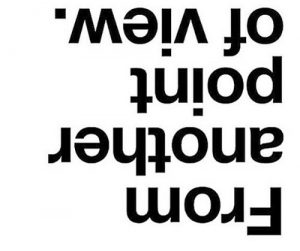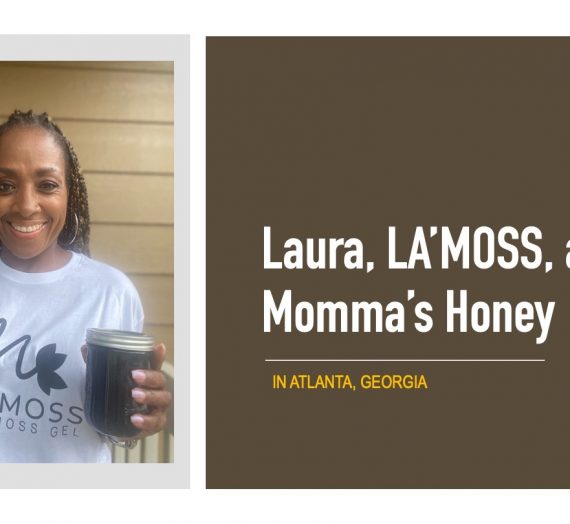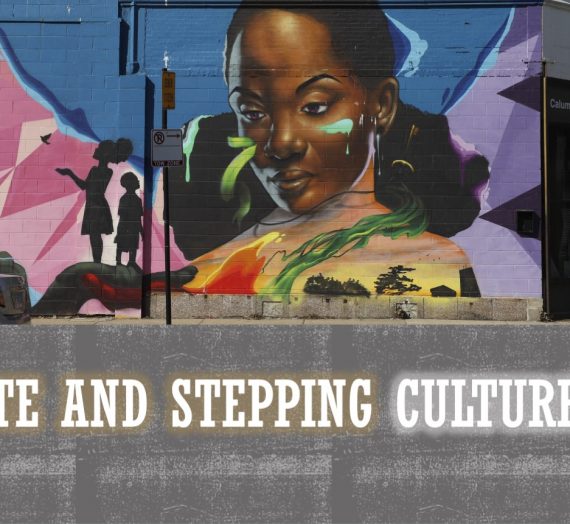
Sometimes the struggle to teach and learn to step Chicago Style rests with the paradigms and cultural differences that shape how we look at what is right in front of us. Two people can attend the same workshop or look at the same video of two steppers dancing and learn and walk away with unique perceptions. Isn’t that the way it is with looking at any art? And, steppin’ Chicago style is an art. As I travel to new places to step, I realize more differences from city to city. We hear music differently, and move differently and interpret this dance – differently. I shouldn’t be surprised that Jamil Bey, someone who has been steppin’ for 10+ years and living in Chicago, sees a different impression than I do when we watch the same video of Ronnie B and Sarah Teagle in Atlanta steppin’.
Jamil’s first question to me was “Where is the threshold?” My response of silence meant “Huh?!” Our conversation thereafter yielded a different understanding of what I should look for in a stepper’s dance – the art. As he put it, “Don’t look for moves. This is looking at the dance from the lens of someone who has been steppin’ for years or from an old school contest judge’s perspective.” I now consider the art as the elements of what I have newly coined for memory’s sake as the TPS report – to see the Threshold, Patterns and Synchronization.
Threshold: The boundaries of the dance. How far does the dance extend from an obvious central point. The arm extension, foot movement and size of your steps are critical to define and maintain threshold and control the dance within a specific circumference or “the lane.”
Patterns: A pattern is a distinctive style of form. Look for the form created in the movement and the man’s lead and how it repeats throughout the dance with consistency. Ronnie B and Sarah’s dance is an ideal example to see this well.
Synchronization: This is more than just about mirroring movement. This element shows that partners express balance and dance with each other and not against each other. And, anyone can do a move but know how to get out of it. Then, tension and resistance are key but should not display as exertion in any way. Sarah and Ronnie make it all look easy.
 When the instructor and student don’t see through the same lens, learning as well as teaching is far from elementary. A part of learning is identifying what to look for. When I first watched that video I looked for all the techniques I am cleaning up in my dance but didn’t realize the unforgettable picture right in front of me that makes me want to be a part of what Ronnie B and Sarah are doing. Now I want to get back to Atlanta quickly. I hope you can also see the art captured in this video and make your own TPS report. Thank you to Tracie Vassar for capturing this beautiful moment and sharing it and to Jamil Bey for helping me understand this dance in a new way.
When the instructor and student don’t see through the same lens, learning as well as teaching is far from elementary. A part of learning is identifying what to look for. When I first watched that video I looked for all the techniques I am cleaning up in my dance but didn’t realize the unforgettable picture right in front of me that makes me want to be a part of what Ronnie B and Sarah are doing. Now I want to get back to Atlanta quickly. I hope you can also see the art captured in this video and make your own TPS report. Thank you to Tracie Vassar for capturing this beautiful moment and sharing it and to Jamil Bey for helping me understand this dance in a new way.
Upcoming Topic: Does Chicago Style Steppin’ Belong to Chicago?




